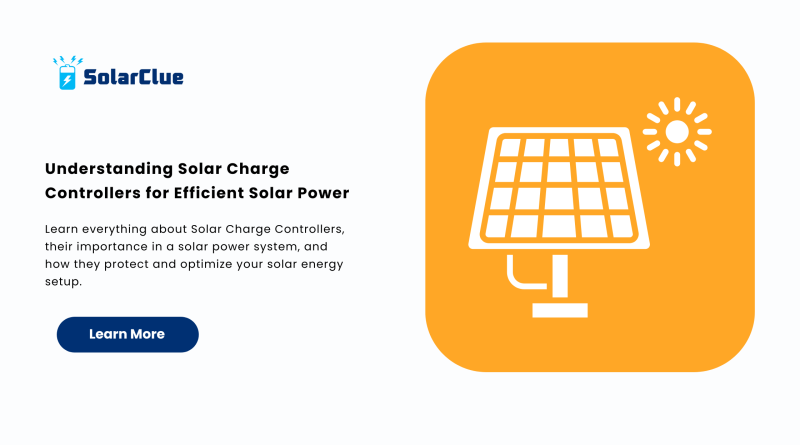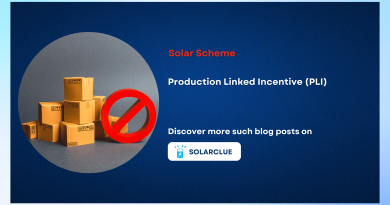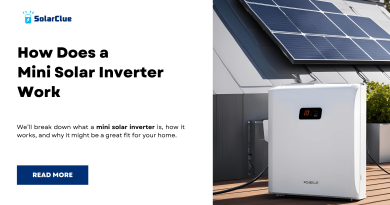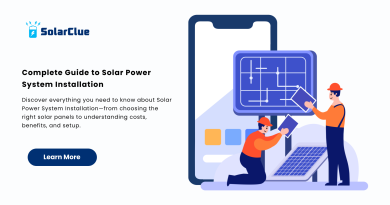Understanding Solar Charge Controllers for Efficient Solar Power
Understanding Solar Charge Controllers for Efficient Solar Power: As solar adoption rises globally, understanding every component of a solar power system becomes vital. Among the most critical yet often overlooked parts is the Solar Charge Controller. Whether you’re installing a small off-grid system or a large-scale setup, choosing the right controller impacts efficiency, battery life, and the overall performance of your solar energy system. This blog post dives deep into what Solar Charge Controllers are, how they work, and how to choose the right one for your needs.
Table of Contents
- 1 What is a Solar Charge Controller?
- 2 Importance in a Solar Power System
- 3 Types of Solar Charge Controllers
- 4 How Solar Charge Controllers Work
- 5 Key Benefits of Using Solar Charge Controllers
- 6 Choosing the Right Solar Charge Controller
- 7 PWM vs MPPT: Which One is Better?
- 8 Installation Tips
- 9 Common Mistakes to Avoid
- 10 Maintenance and Monitoring
- 11 Compatibility with Different Batteries
- 12 Smart Features in Modern Controllers
- 13 How to Size a Solar Charge Controller
- 14 Cost Considerations
- 15 Where to Buy Quality Solar Charge Controllers
- 16 Stay Updated with Solar Insights
- 17 Conclusion
- 18 FAQs
What is a Solar Charge Controller?
A Solar Charge Controller is an electronic device that regulates the voltage and current coming from a solar panel to the battery. It prevents batteries from overcharging and ensures that the energy flow is safe and efficient. Overcharging a battery can reduce its lifespan, and a Solar Charge Controller serves as a gatekeeper to manage energy flow properly.
Importance in a Solar Power System
In any solar power system, the controller is like the heart of the energy regulation process. Without it, batteries are vulnerable to damage due to overcharging, undercharging, or current reversal at night. This protection not only boosts battery health but also ensures that your solar energy system operates smoothly for years.
Types of Solar Charge Controllers
There are two primary types of Solar Charge Controllers: PWM and MPPT.
PWM (Pulse Width Modulation)
PWM controllers are older, simpler, and more cost-effective. They slowly reduce the power going to the battery as it nears capacity. PWM is ideal for small systems where budget is a concern.
MPPT (Maximum Power Point Tracking)
MPPT controllers are more advanced and can extract the maximum power from your solar panel by adjusting their input to match the battery’s needs. These are especially effective in colder climates or when there’s a significant voltage difference between your panels and batteries.
How Solar Charge Controllers Work
Solar Charge Controllers sit between the solar panel and battery. When sunlight hits the solar panel, energy is generated and passed through the controller before reaching the battery. The controller monitors battery voltage in real time and adjusts energy flow to avoid overcharging. Some MPPT models are even equipped to convert excess voltage into current, making the charging process more efficient.
Key Benefits of Using Solar Charge Controllers
-
Battery Protection: Prevents overcharging, deep discharge, and overheating.
-
Extended Battery Life: Regulated charging leads to longer battery performance.
-
System Efficiency: Especially with MPPT, efficiency can increase by up to 30%.
-
Safety: Reduces risks associated with electrical overflows and power feedback at night.
Choosing the Right Solar Charge Controller
To choose the best Solar Charge Controller for your solar power system, consider:
-
System Voltage: Is it 12V, 24V, or 48V? Your controller must match.
-
Current Rating: It must handle the current your solar panel array produces.
-
Type of Battery: Lithium, AGM, GEL, or lead-acid—all have different charging profiles.
-
Location and Climate: MPPT performs better in variable climates.
PWM vs MPPT: Which One is Better?
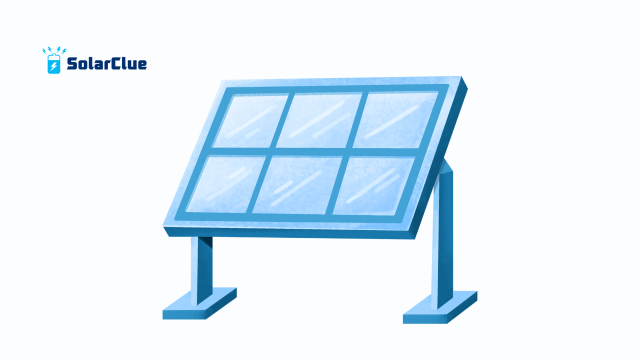
If you’re installing a basic solar power setup for a cabin, boat, or van, PWM might suffice. However, if you want high efficiency, especially in large-scale or professional solar energy systems, MPPT is the clear winner. Though it’s more expensive, it pays off with better performance and energy savings over time.
Installation Tips
Installing a Solar Charge Controller requires care. Always connect the battery first before connecting the solar panel. This helps the controller detect the system voltage accurately. Most models also come with clear instruction manuals. If in doubt, consult a professional to avoid damage or injury.
Common Mistakes to Avoid
-
Connecting the solar panel before the battery
-
Choosing a controller with insufficient current rating
-
Ignoring battery type compatibility
-
Poor placement that exposes the controller to water or excessive heat
Maintenance and Monitoring
Keeping your Solar Charge Controller in top shape is crucial. Check connections regularly, keep the unit clean and dry, and monitor the charge cycle using built-in displays or mobile apps if available. Some modern MPPT controllers come with Bluetooth or Wi-Fi connectivity for real-time updates.
Compatibility with Different Batteries
Modern Solar Charge Controllers support various battery chemistries:
-
Lead-Acid (Flooded and Sealed)
-
AGM and GEL Batteries
-
Lithium-Ion (LiFePO4 and others)
Before buying, ensure that the controller supports your battery type and has the correct charge settings.
Smart Features in Modern Controllers
Today’s best Solar Charge Controllers offer smart features like:
-
LCD screens for status updates
-
App-based monitoring via Bluetooth/Wi-Fi
-
Load control for appliances
-
Automatic voltage recognition
-
Remote firmware updates
These make it easier to optimize and monitor your solar power system.
How to Size a Solar Charge Controller
A simple formula is:
Amperage = Total panel wattage ÷ System voltage.
Add 25% safety margin to account for environmental fluctuations. For example, if your panels generate 600W and your system is 12V:
600 ÷ 12 = 50A. Add 25%, and you need a 62.5A controller minimum.
Cost Considerations
PWM controllers are more affordable, often starting at $15–$40. MPPT controllers, due to their advanced features, range between $100 and $600, depending on the specs and brand. Though costlier, MPPTs offer superior returns by boosting your solar energy capture efficiency.
Where to Buy Quality Solar Charge Controllers
You can explore a wide variety of high-quality Solar Charge Controllers tailored to your needs at solarclue.com. They offer reliable, tested products ideal for any solar power setup.
Stay Updated with Solar Insights
Looking to expand your solar knowledge? Our experts break down complex topics into simple, actionable guides at blog.solarclue.com. Bookmark it to stay ahead in your solar journey.
Conclusion
Solar Charge Controllers are crucial for maintaining, protecting, and enhancing the performance of your solar power system. Whether you’re a DIY enthusiast or setting up a professional-grade solar infrastructure, the right controller can make all the difference. With an efficient controller, your system will deliver optimal solar energy output while protecting your valuable batteries.
Make your smart solar move today by exploring premium products at solarclue.com. Want more expert tips? Dive into the solar world at blog.solarclue.com and stay informed!
FAQs
1. What does a Solar Charge Controller do?
It regulates voltage and current from your solar panel to the battery, preventing overcharging and system inefficiencies.
2. Do I need a Solar Charge Controller for all solar systems?
For systems over 5W, yes. It’s essential for protecting batteries and maintaining efficiency.
3. Which is better: PWM or MPPT?
MPPT is better for larger, professional setups, while PWM works well for small, budget systems.
4. How long do Solar Charge Controllers last?
They typically last between 5–15 years with proper maintenance.
5. Are all controllers compatible with lithium batteries?
Not all. Choose a controller specifically designed for lithium battery support.
Ready to experience solar energy like never before? Visit solarclue.com and find the ideal controller for your solar system — or head to blog.solarclue.com for expert insights, tips, and updates. Let’s power a greener future together! ⚡🌞

